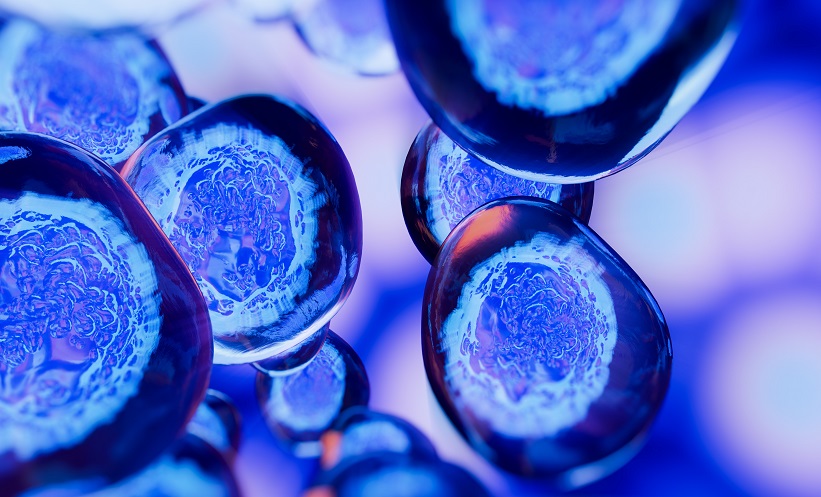GENETIC ENGINEERING has been used to restore the insulin-producing cells in a Type 1 diabetes mellitus mouse model. Scientists at the Salk Institute for Biological Studies, San Diego, California, USA, have adopted a modified version of the gene editing technology CRISPR/Cas9 to allow gene activation without creating breaks in the DNA strands.
CRISPR/Cas9 allowed scientists to create ‘double-strand breaks’ at desired locations in DNA, meaning that specific genes can be removed or inserted, inducing a change in gene activity. However, breaking the strands of DNA is a growing cause for concern among scientists, as it generates the potential for unwanted mutations.
While the original CRISPR/Cas9 uses guide RNA to direct Cas9 to specific spots on DNA and create double-strand breaks, a new modified technique, developed by the Salk Institute research team, made use of a ‘dead’ form of Cas9 (dCas9). In this modified version of the technique, the endonuclease enzyme was still able to locate the desired sections of the genome but no longer operates through the potentially harmful ‘cutting’ of DNA. dCas9 was paired with transcriptional activation domains, which modify the targeted genomic areas; however, the size of the resulting protein was too large to fit into adeno-associated viruses, the typical vehicle for this type of gene therapy. Therefore, to be useful in large multicellular organisms such as mice and humans, the team packaged the proteins (Cas9/dCas9) in two separate adeno-associated viral vectors. The components can then work together within the organism to epigenetically influence the genes, changing their expression without altering the actual gene sequence.
For the management and treatment of diabetes, the researchers used this technique to boost the genetic activity and expression in the insulin-producing cells of mouse models, and were successful in lowering blood glucose levels. “We were very excited when we saw the results in mice,” noted Fumiyuki Hatanaka, Salk Institute, San Diego, California, USA.
Although these findings are specific to mice, Dr Helen Claire O’Neill, programme director of Reproductive Science and Women’s Health, University College London, London, UK, who was not involved in the study, added: “This paper clearly shows the potential therapeutic viability of this technology in human disease models.” The benefit of epigenetic modifications is the long-lasting nature of the histone modifications and the alteration of DNA strand methylation. The modifications are passed down from daughter cell to daughter cell, providing a potential long-term solution to the disorder.







